How do I learn home electricity easily?
How do I learn home electricity easily?

Domestic electricity is the beating heart of our modern homes, powering everything from basic appliances to entertainment devices. In an increasingly technology-driven world, understanding the basics of electricity is crucial to ensuring safe and efficient use. This article aims to demystify basic electrical concepts and provide a clear, systematic guide to learning the inner workings of home electricity with confidence, from how simple circuits work to identifying common electrical items. Whether you are a new student in the field or just want to improve your skills, our goal is to provide you with the essential steps to successfully navigate the world of home electrical appliances.

Contents
How to teach electricity to beginners
– What are the basics of electricity for beginners from scratch?
Learning home electricity for beginners requires a clear and progressive educational curriculum. Here’s how to approach teaching electricity basics at home:
– Learn and explain the basic concepts of home electricity
1. Electrical charges:
Electrical charges ( positive and negative ) are the basic properties of subatomic particles. Atoms are composed of protons, neutrons and electrons. Protons have a positive charge, electrons have a negative charge, and neutrons have no charge. These opposite charges create an electrical attraction between molecules. Like charges repel each other, while opposite charges attract. The interaction between electric charges is the basis of many electrical and magnetic phenomena in our environment.
2. Electric current, voltage and resistance:
- Electric current is the regular movement of electrical charges, usually electrons, through a conducting material, such as a metal wire.
- Voltage, also called potential difference, is the force that causes charges to move. You can think of tension like pressure in a water pipe: the greater the pressure difference, the faster the water will flow. Likewise, the greater the potential difference, the faster the charge flows.
- Electrical resistance, measured in ohms, impedes the flow of current. It’s like a narrow pipe that restricts the flow of water, for example. Materials with higher resistance will pass less current for the same voltage.
3. Simple electrical circuits:
An electrical circuit is a closed path through which current can flow. Two common configurations are series circuit and parallel circuit. In a series circuit, components are connected one after the other, creating a single path for current. If one component breaks, the entire circuit breaks. In a parallel circuit, components are connected at common points, providing multiple possible paths for current. If one path breaks, the other paths remain active. Series circuits share voltage between components, while parallel circuits share current. These configurations have specific applications depending on household needs.
– Note:
When teaching these concepts, it is important to use simple analogies and everyday examples to help beginners visualize electrical phenomena. Encourage questions and be sure to regularly check understanding by asking interactive questions and providing simple experiments, such as using a battery, light bulb and wires to create a basic circuit.
A practical explanation for learning home electricity
How to connect electricity
Electrical wiring involves connecting wires to electrical components correctly and safely. Here are the basic steps to connect a light bulb to a battery:
- the required materials:
- battery.
- Small bulb.
- Two connected wires.
1: Take a wire and connect one end to the positive (+) terminal of the battery.
2: Hold the other end of the same wire and connect it to the metal base of the bulb.
3: Take the second wire and connect one end to the negative (-) terminal of the battery.
4: Connect the other end of the second wire to the small terminal at the bottom of the lamp.
5: Make sure the wires are connected correctly and that the connections are secure.
6: When the wires are connected correctly, the bulb should light up.
Identify household electrical items
Electrical panels and circuit breakers:
This section aims to introduce beginners to the basics of electrical panels and circuit breakers. An electrical panel, similar to a power distributor, manages power distribution in the home. Pictures and graphs will help visualize this distribution. Circuit breakers, also referred to as safety switches, are described as protection devices against electrical overloads. The definition and labeling of circuit breakers is covered, explaining how each circuit is designed to supply power to specific areas of the home. Examples of overload conditions are shared to aid understanding, as are the steps to reset a tripped circuit breaker.
Electrical outlets and switches:
This section explores items found everywhere in our homes: outlets and switches. Different types of outlets are presented, emphasizing the crucial distinction between power outlets and safety-grounded outlets. Charts will illustrate these differences. On the other hand, switches are provided as controls to control the power supply of devices. We explain how activating a switch affects the flow of energy. Practical examples, such as turning on a lamp from a switch, will enhance beginners’ understanding.
Common electrical home appliances:
This last part deals with everyday household appliances. A variety of appliances, such as refrigerators and televisions, are shown, explaining how each uses electricity to accomplish a specific task. Simple descriptions of operating principles, such as converting electrical energy into heat or light, will help demystify how devices work. The concept of energy efficiency is introduced, explaining how some devices use less energy than others for the same task. Emphasizing the importance of unplugging appliances when not in use encourages beginners to adopt energy saving habits.
Electrophoresis function
An electrician’s job involves installing, maintaining, repairing, and inspecting electrical systems in a variety of environments, including homes, businesses, and industrial buildings. Electricians work to ensure the proper functioning of electrical installations, including installing wiring, plugs, electrical panels, and lighting. They must be skilled at reading electrical diagrams, troubleshooting electrical problems, following safety standards and local electrical codes, and implementing solutions to improve energy efficiency. Electricians play a critical role in creating safe and functional environments by managing all aspects of electrical systems.
– How to become a home electrician?
To become a home electrician, it is necessary to follow a structured apprenticeship path. Start by earning your high school diploma and developing your math and science skills. Then follow vocational training in electricity from recognized technical schools or training centers. Look for hands-on learning opportunities from experienced electricians to gain on-the-job experience. Make sure you understand local electrical laws and regulations. Obtain the necessary certifications and licenses according to your region’s requirements. Master technical skills, read blueprints, and use electrical tools. Once qualified, search for jobs or consider starting your own business as a competent and qualified home electrician.
Learning home electricity is an essential endeavor for those who want to gain practical and safe skills in managing the electrical systems in our homes. By following a practical, step-by-step approach, it is possible to master the basics of electricity and gain the confidence to perform common electrical tasks safely. By learning about home appliances, understanding the role of electrical panels and circuit breakers, learning about electrical outlets and switches and exploring how appliances work, one can gradually become familiar with the basic concepts of home electricity. It is essential to maintain a respectful attitude towards safety standards and electrical codes throughout the learning process. Whether for personal projects or considering a career in the field, learning home electrical opens the door to a deeper understanding of the technology that powers our homes with an emphasis on safety and energy efficiency.
If you have any inquiry, please contact us freely and we will be happy to serve you.

Jezli website for purchasing electrical appliances
When we say Jeezly website, we are talking about one of the most famous Arab websites that was able, in a very short period of time, to achieve a very large demand for purchases from it by people from various parts and sectors of the Arab world.
On the Jeezly website, you will find a joint look and all the products that you may need in your home, starting with those for kitchens or bathrooms, but even those for gardens, you will find them on this wonderful site.
So, if you were lost before and did not know where to go to buy your products on the Internet, now you have the perfect solution, and all you have to do is go to the Jezli website and start choosing the products you want.
 What are the features of Jeezly ?
What are the features of Jeezly ?
Since we are talking about a site that is preferred by many people around the world, there is no doubt that it is a site full of various features and characteristics. Therefore, we have decided to devote our next paragraph to pointing out the most prominent features of the Jezli site.
One of the most prominent features of the site is the proportionality of prices. On the Jeezly website, you do not have to worry about the imaginary prices of the products, as is the case with most sites that display their products on the Internet.
The price of delivering products is very reasonable and not expensive, and the site accepts delivery to various countries, without forgetting that it accepts free shipping on some products.
One of the features of the site is also the high quality of its products, as it is impossible to find a poor quality product. Rather, the Jezli website deals with the major companies, Philips, for example, and other famous brands, so you must remove from your mind the idea of the poor quality of one of the products. Another advantage of the site is that it does not specialize in one type of product, but rather you will find various types of products on it, for example, electrical appliances, hand tools, mechanical devices, paints, packages for establishing apartments, and many other types.
Jeezly website also accepts what is known as the shopping cart, which makes it easy for you to filter the products you want to buy and put them in one package in order to be able to pay with the click of a single button.
Accepts multiple payment methods.
We are pleased that you visit our social media pages, where we publish exclusive offers on our website.
Our Facebook page is here .
Our Twitter account is here .


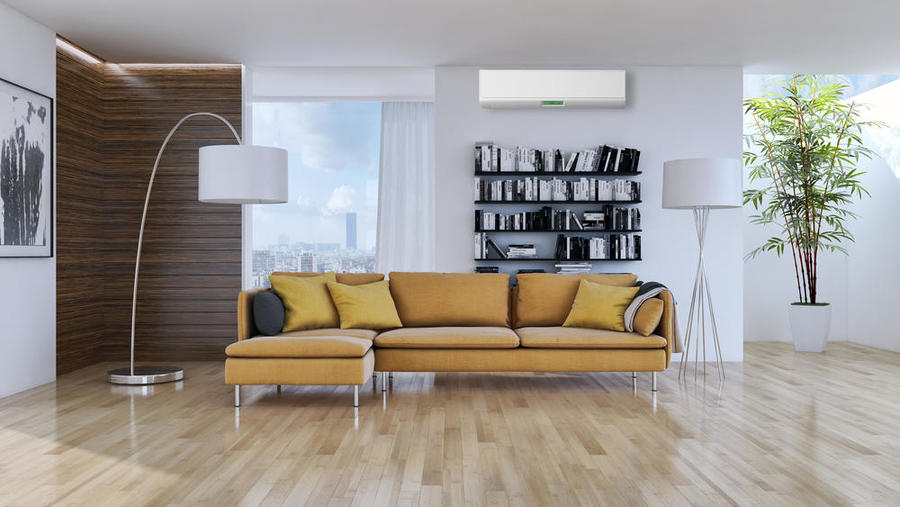

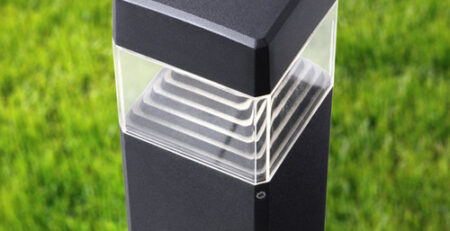
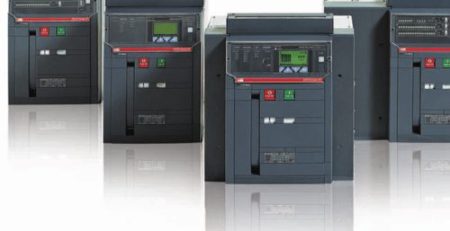
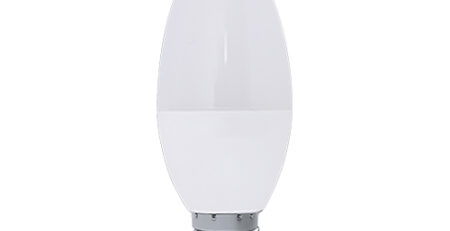

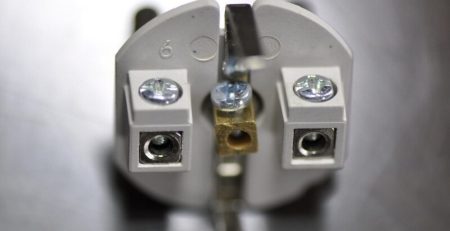
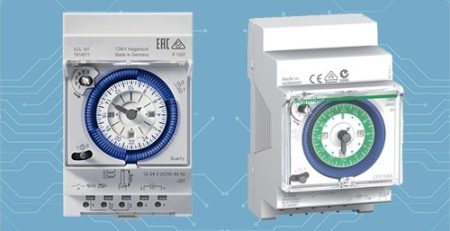
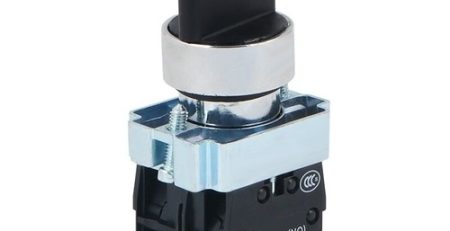

Leave a Reply
You must be logged in to post a comment.